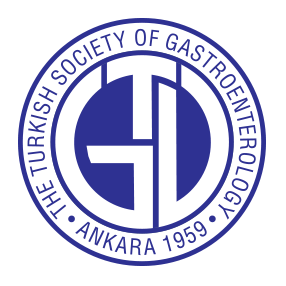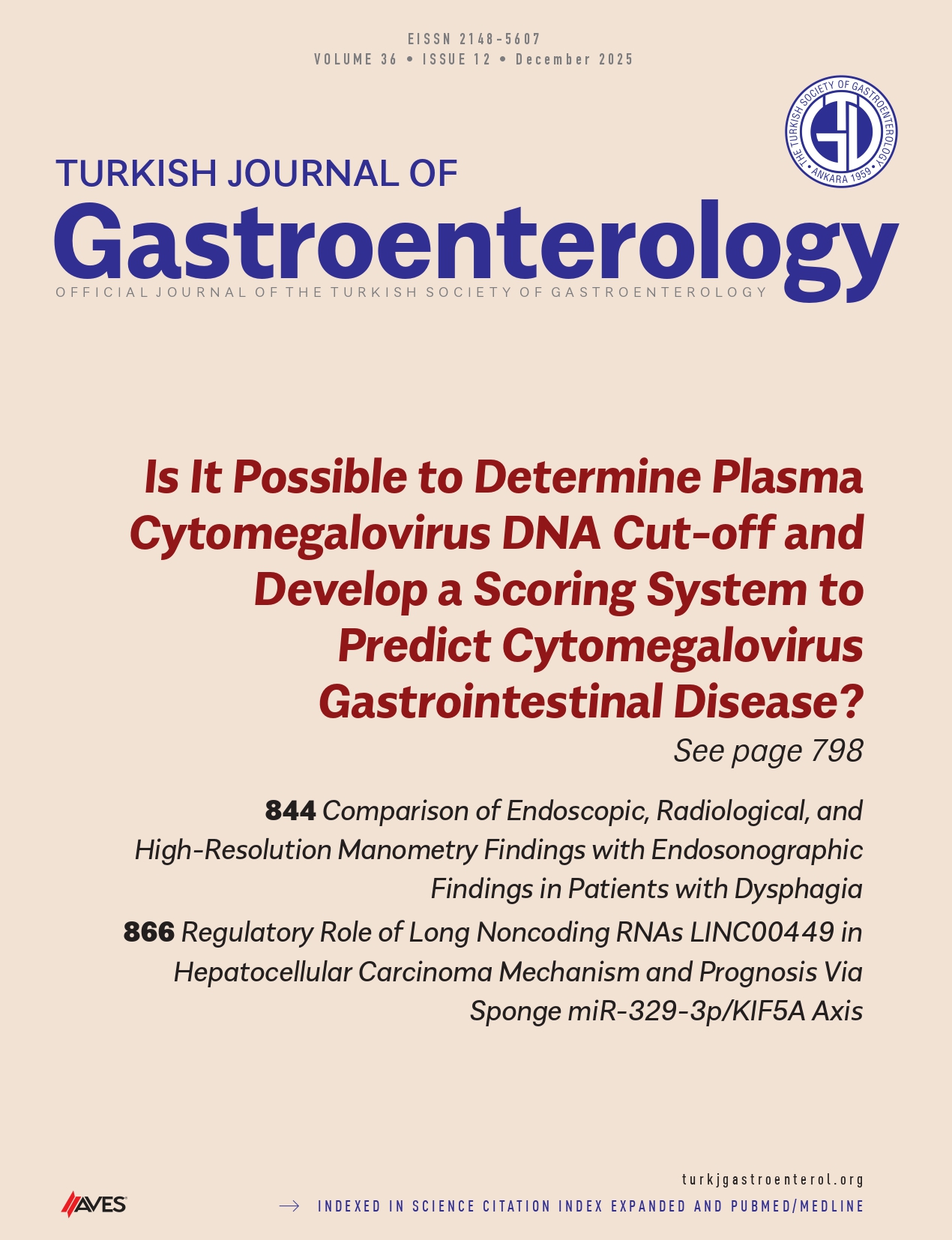Background/Aims: There are still many controversies about whether antiviral therapy should be administered to patients with chronic hepatitis B (CHB) in the indeterminate phase. Thus, this study aimed to investigate the histopathological features and antiviral efficacy of HBeAg-negative CHB patients aged over 30 in the indeterminate phase.
Materials and Methods: The clinical, laboratory, and histopathological characteristics of 666 CHB patients were assessed through a retrospective study. To identify factors associated with significant liver inflammation and fibrosis, inter-group differential analysis and binary logistic regression were conducted. Receiver operating characteristic curve analysis was used to determine the area under the curve and optimal cut-off values for relevant indicators. The antiviral efficacy was analyzed in 62 patients who received antiviral treatment by inter-group differential analysis.
Results: A total of 70 patients were enrolled in the study. The median age was 40.5 years and 38 patients (54.28%) were male. Significant liver inflammation and significant liver fibrosis represented 30% and 55.7% of the patient cohort, respectively. Multivariate logistic regression analysis revealed that red blood cell count (RBC) and aspartate aminotransferase (AST) were independent predictors of significant liver inflammation (odds ratio [OR] (95%CI): 0.34 (0.13,0.90), P = .03; OR (95%CI): 1.19 (1.05,1.34), P = .006). Aspartate aminotransferase was also an independent predictor of significant liver fibrosis (OR (95%CI): 1.24 (1.06,1.47), P = .01). The negative conversion rate of hepatitis B virus (HBV) DNA was above 80% from 24 weeks after antiviral treatment, and low-level viremia (LLV) accounted for 6.5% (4/62) at 48 weeks after antiviral treatment.
Conclusion: Among HBeAg-negative CHB patients aged over 30 in the indeterminate phase, over half had significant liver inflammation or fibrosis. In addition, RBC was a protective factor for significant liver inflammation, and AST was a risk factor for significant liver inflammation and fibrosis in such patients. Notably, antiviral treatment was effective. However, long-term monitoring of HBV DNA and the occurrence of LLV and drug resistance should be conducted during treatment.
Cite this article as: Ou K, Ma Y, Yuan C, et al. Histopathological Features and Antiviral Efficacy in Patients Over 30 Years Old with Chronic Hepatitis B in the Indeterminate Phase. Turk J Gastroenterol. Published online October 3, 2025. doi 10.5152/tjg.2025.25138.




.png)
.png)